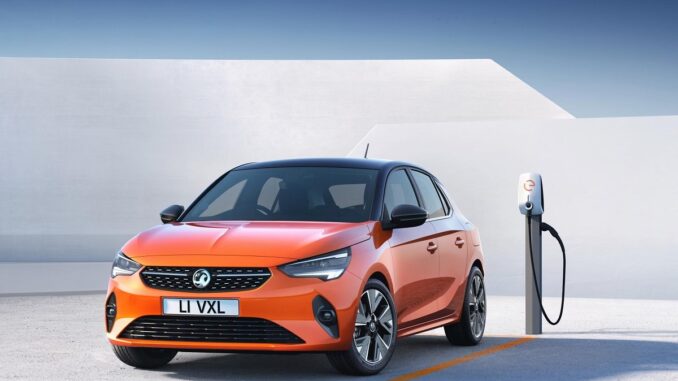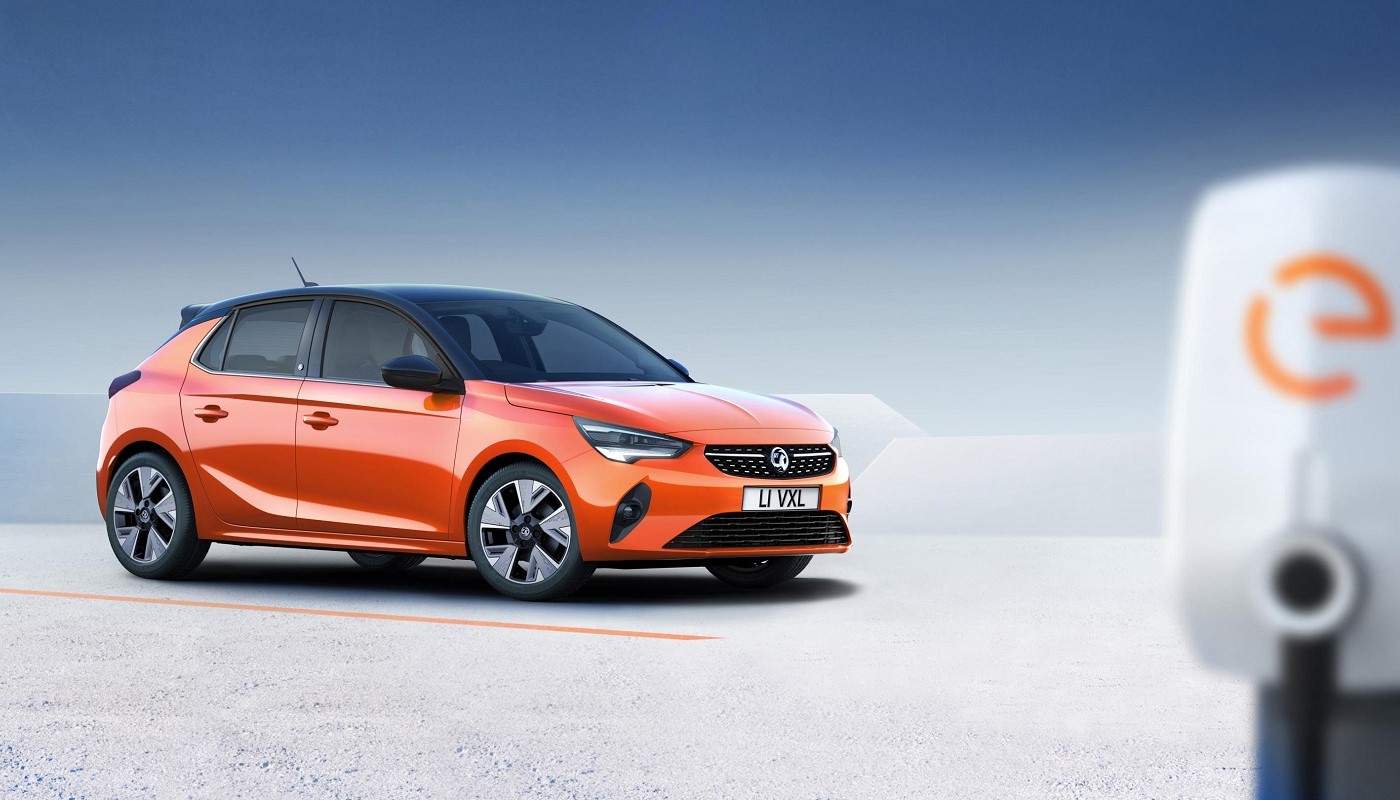
There has been a recent surge in new electric vehicles and first-time owners, with many touting the benefits of switching over from petrol and diesel cars. The quest for electric innovation can be seen in the film Revenge of the Electric Car, rentable on Prime Video, where Elon Musk states, “Until we see every part of the world electric, we won’t stop.” While a lot of people know about the usual environmental and cost advantages, many wonder what else this cutting-edge technology is capable of.
Bidirectional charging – an added feature for electric cars
In essence, bidirectional charging is the ability to use an electric vehicle’s battery to power other things when not providing energy to the car. A simple example of this concept can be seen in some popular Samsung Galaxy smartphones including the Samsung Galaxy S22. These devices can divert their battery power to charge other devices nearby. With bidirectional charging capability, EV owners can take stored energy from their vehicles and redirect it to their homes or even back to the energy grid, for instance.
Which car models support bidirectional charging?
Carmakers like Nissan, Honda and Mitsubishi offer models that have already used and supported this technology. For example, just over a decade ago, the Fukushima nuclear power plant suffered damage from an earthquake, and bidirectional charging technology proved helpful. Nissan and Mitsubishi provided several EVs to help transfer goods and emergency personnel around the most impacted areas. The batteries in electric cars also helped keep devices and appliances running and provided heat.
Benefits of bidirectional charging
Bidirectional charging can offer money-saving opportunities to a single household and relief to the overall power grid. In many highly populated areas, certain times of day prove more taxing on the power grid than at other times. Typically, these times are in the afternoon to the early evening when many families use appliances and heat or cool their spaces. The power company may charge more for energy during these times, thereby raising the monthly energy bill. However, families can save money by using bidirectional charging during these times of the day and power their homes with their EV batteries.

Another benefit of bidirectional charging involves the homeowner selling electricity back to the power company. What it means is energy is purchased when demand is low, and therefore the rate is minimal. Then, when the power grid is strained and the rate is high, that unused energy is sold back to the grid.
Saving money using bidirectional charging
Bidirectional charging obviously has money-saving potential. But how much money could this technology save? Individuals who opted for pilot programs to incorporate bidirectional charging into their homes saved several hundred dollars a year in energy costs. Of course, these energy savings compound when considering that some who own an EV are paying less than half to charge their EV yearly than they would to refuel a gasoline vehicle.
Vehicle to home
To redirect the battery power of an electric vehicle and transfer it back to the home, a device called a V2G charger must be installed. Once installed, this V2G charger can pull power from the EV and make it available to power the home. This technology provides a way to recycle energy and prevent excess waste.
Vehicle to grid
Similar to the vehicle-to-home energy transfer, devices like the V2G charger can divert unused power back to the power grid. The problem with the power grid is that energy usage is constantly in flux, with specific times requiring more power and other times less. Beyond an average peak and low-usage schedule, the grid must be able to accommodate sudden spikes caused by weather, aged components, and natural disasters. Fortunately, with a bidirectional charging device, families can sell back unused energy which helps them save money and lessen the strain on the power grid.
Summary and the future
There are many benefits to bidirectional charging technology for EV owners, and future-proofing your car is something to consider strongly. However, there are currently cost barriers in place regarding the initial investment and installation of this technology. Many believe these bidirectional chargers will decrease in price as adoption increases and as infrastructure to take advantage of this technology improves.
Photographs courtesy of Vauxhall


Be the first to comment